Paper vs Plastic
I recall the time when supermarkets and other retailers introduced plastic shopping bags. They were not well received at the time. The phrase “paper or plastic?” was offered as a packaging/carrying option.
 At the time the “Save the Forests” movement was prevalent and paper was a recycling component. Our scout troop ran a monthly paper drive as a means of raising funds for our camping trips. People would drive up to the school lot with trunkloads of tied bundles of papers. We’d fully load a 30 cubic yard dumpster in hours. Our family used paper bags to make school book covers, lined drawers with cut to size paper, placed trash in bags and stored various household supplies as a means of reusing paper bags.
At the time the “Save the Forests” movement was prevalent and paper was a recycling component. Our scout troop ran a monthly paper drive as a means of raising funds for our camping trips. People would drive up to the school lot with trunkloads of tied bundles of papers. We’d fully load a 30 cubic yard dumpster in hours. Our family used paper bags to make school book covers, lined drawers with cut to size paper, placed trash in bags and stored various household supplies as a means of reusing paper bags.
Most of us, as humans inevitably do, refused to change. We used to double bag with paper as they were made with less material and appeared to tear and break more often. The transition went from paper, to double bagged paper, to paper within plastic, to plastic to double bagged plastic and now back to paper. Yes, we have been introduced to reusable plastic/fabric bags, but it is a slow and erratic movement.
Today we are being coerced into not using plastic bags. Similar to the period 50 years ago with a switch to another carrying packaging material, the similarity stops at the transition period. The paper-to- plastic was slow, gradual but voluntary. Today it is abrupt, mandated and punishable. It is also disruptive and it’s motives questionable. Environmental benefits are at the basis of this movement. Yet if one looks at the true costs/benefits/impacts to the environment, we are rushing into this too quickly and not fully informed.
Some facts about bags:
A) 1) 14,000,000 trees are cut down each year to supply Americans 10 billion paper bags
which are consumed annually.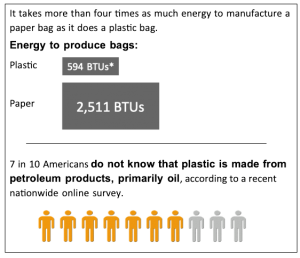
2) Plastic is a by-product of oil refining, where a resin is produced and would likely be discarded
if not utilized as an additional use in making plastic.
B) Energy Consumption: It takes 4X as much energy to make a paper bag vs a plastic one.
C) Pollution: The production of paper bags generates 70 percent more air pollutants and 50 times more water pollutants than production of plastic bags.
D) Recycling: It takes 98% less energy to recycle a pound of plastic than it takes to recycle a pound of paper.
E) Biodegradable: Paper though degradable cannot breakdown completely in today’s landfills. It lacks the necessary components: oxygen, water, light and other elements that are needed for decomposition. Up to 95% of garbage is buried beneath layers of soil so sunlight and air cannot reach it. Plastic is not biodegradable so it will not decompose. But it takes up much less space in landfills than paper: 2,000 plastic bags weigh approximately 30 pounds – 2,000 paper bags weigh about 280 pounds!
F) Reusable Bags: Depending upon the construction material(s) used, the breakeven point could range from 40-170+/- times of re-use before achieved. Reusing single use plastic bags and paper bags can help reduce our impact on the environment and contribute to an improved cost benefit.
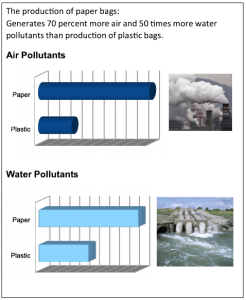
Plastic In Our Waterways/Oceans:
In 2017 the U.S. generated 268 million tons of trash; a/k/a municipal solid waste (MSW). Of this 13.2% or 35 million tons were plastics.
The plastics waste were:
- Recycled – 3 million tons
- Incinerated/Energy – 5.5 million tons
- Landfilled – 27 million tons
Additionally, the U.S. exported 1.2 million tons to 8 Asian countries. 78% of these exports land in regions with poor waste management systems. Much of the ocean’s plastic pollution can be traced to rivers flowing from these countries.
Options For Plastic In The Future:
A. Redesign it so that it can be better recycled or will breakdown naturally or with a catalyst
B. Recycle for hardy uses (exterior furniture/decking etc)
C. Incinerate it for energy production
D. Landfill (or stockpile it for future use)
E. Suspend exporting to countries with non-existent or poor waste management practices!
F. Reclassifying plastic as “waste” which is an unwanted or unusable material to “resource”.
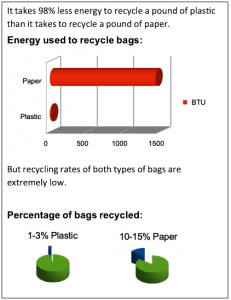
I recall when plastic straws were introduced. They came at a time when paper straws became soggy, broke, ripped, unraveled and couldn’t be reused. In our home we rinsed and reused plastic straws until they were unusable. We already covered bags. The recent attack on plastic straws brings about a similar conclusion: Plastic Cost – $.005/straw Paper Cost $.02 – .03/straw, sometimes more depending on the material.
Like the plastic bag, plastic straws can be used, reused numerous times before discarded. When it comes to biodegradability, if it’s buried or burned is it harmful to our environment? Surely we want to keep straws out of our waterways but we need to look at how they end up getting there. Of greater concern should be identifying the precise problem we are really addressing:
Are we worrying about its impact on climate change?
On marine life?
Eliminating a source of revenue from fossil fuel products?
Pollution in general?
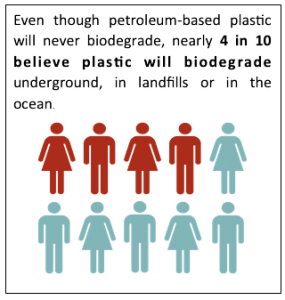
“You Can’t Manage What You Don’t Measure”:
Before we continue down this path of banning all things plastic with present or possible alternatives, we should look hard and long at life cycle assessments. Alternatives should only be introduced if they are proven to be recyclable and/or recoverable. Otherwise we may be creating a greater negative environmental impact at a tremendous economic cost. Based upon my observations that path is clearly becoming a fast-track to failure.


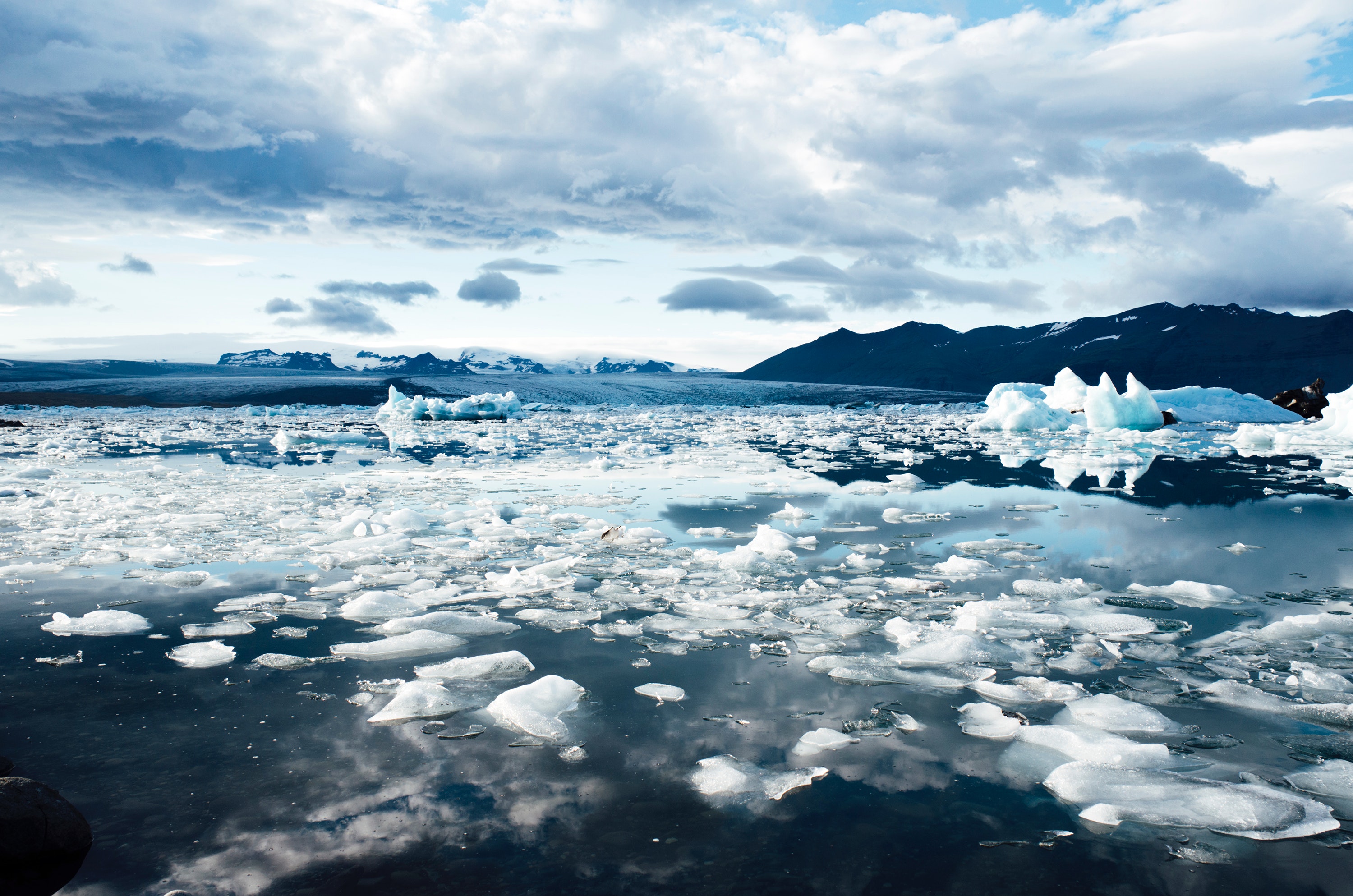



Recent Comments